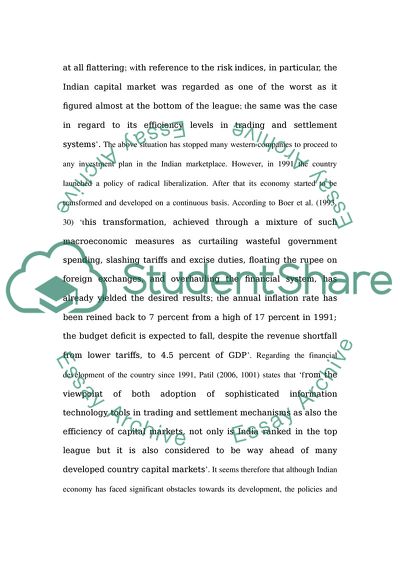Cite this document
(Indian Financial Reforms Influencing the Bombay Stock Exchange Essay - 1, n.d.)
Indian Financial Reforms Influencing the Bombay Stock Exchange Essay - 1. https://studentshare.org/finance-accounting/1706032-what-impact-has-financial-reforms-in-india-had-upon-the-bombay-stock-exchange
Indian Financial Reforms Influencing the Bombay Stock Exchange Essay - 1. https://studentshare.org/finance-accounting/1706032-what-impact-has-financial-reforms-in-india-had-upon-the-bombay-stock-exchange
(Indian Financial Reforms Influencing the Bombay Stock Exchange Essay - 1)
Indian Financial Reforms Influencing the Bombay Stock Exchange Essay - 1. https://studentshare.org/finance-accounting/1706032-what-impact-has-financial-reforms-in-india-had-upon-the-bombay-stock-exchange.
Indian Financial Reforms Influencing the Bombay Stock Exchange Essay - 1. https://studentshare.org/finance-accounting/1706032-what-impact-has-financial-reforms-in-india-had-upon-the-bombay-stock-exchange.
“Indian Financial Reforms Influencing the Bombay Stock Exchange Essay - 1”. https://studentshare.org/finance-accounting/1706032-what-impact-has-financial-reforms-in-india-had-upon-the-bombay-stock-exchange.


